DIY cleaning solutions: who knew saving money and the planet could be so easy? Let’s face it, we all want a sparkling clean home, but the cost of commercial cleaning products can really add up. Plus, those harsh chemicals? Not exactly ideal for our families, pets, or the environment. But what if I told you that you probably already have everything you need to create powerful, effective, and eco-friendly cleaners right in your pantry?
The history of homemade cleaning solutions stretches back centuries, long before the advent of mass-produced chemicals. Our grandmothers and great-grandmothers relied on simple, natural ingredients like vinegar, baking soda, and lemon juice to keep their homes spotless. These weren’t just budget-friendly options; they were often the *only* options available! This knowledge was passed down through generations, a testament to their effectiveness and safety.
In today’s world, the need for DIY cleaning solutions is more relevant than ever. We’re increasingly aware of the harmful effects of synthetic chemicals on our health and the environment. By embracing these simple DIY recipes, you can reduce your exposure to toxins, save money, and contribute to a more sustainable lifestyle. This article is packed with easy-to-follow recipes and tips that will transform your cleaning routine. Get ready to ditch the store-bought stuff and unlock the power of natural cleaning!
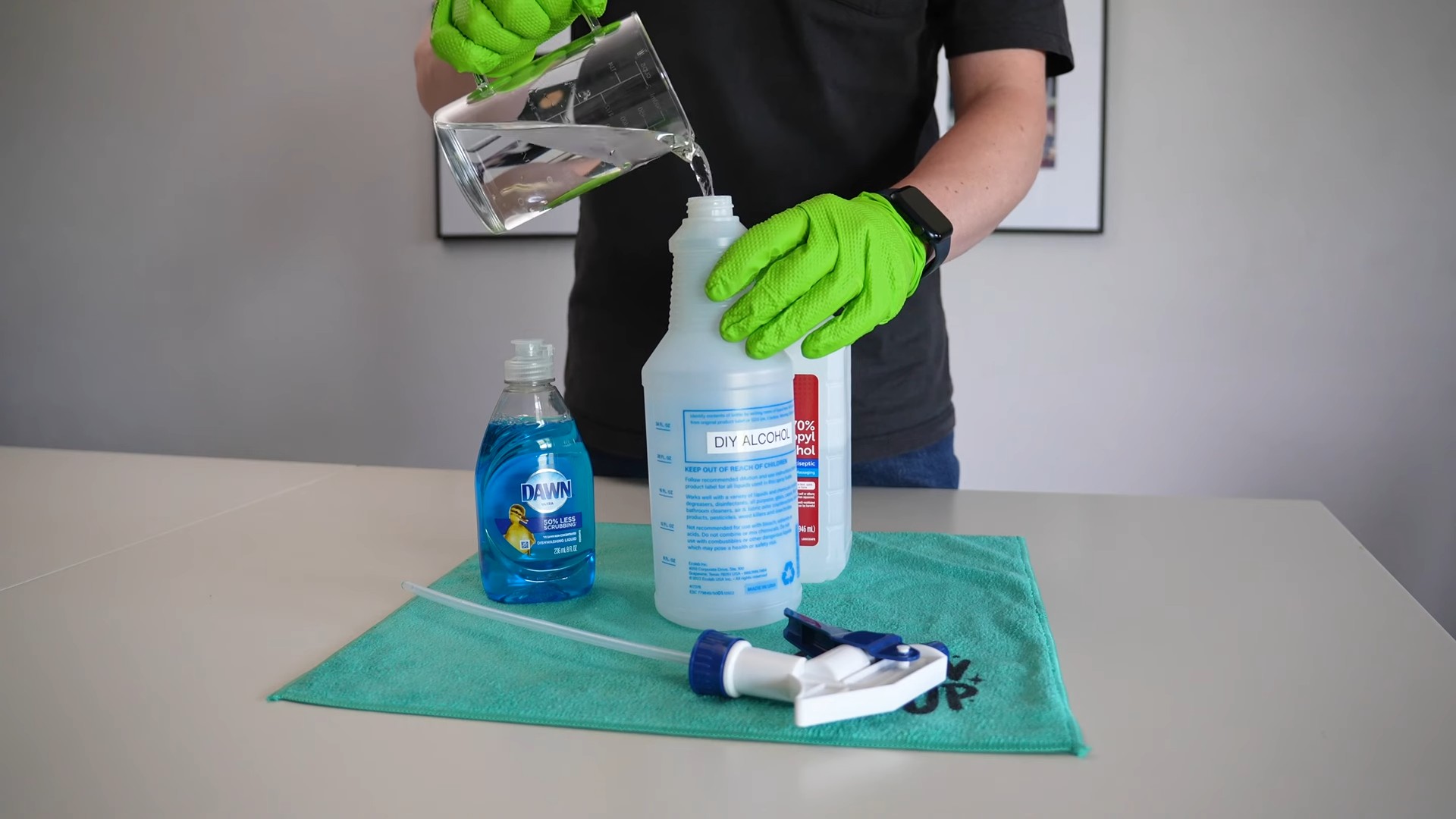
DIY Cleaning Solutions: Ditch the Chemicals, Embrace the Natural!
Hey there, fellow cleaning enthusiasts! I’m so excited to share some of my favorite DIY cleaning solutions with you. I’ve been on a mission to reduce the harsh chemicals in my home, and these recipes have been absolute game-changers. Not only are they effective, but they’re also incredibly budget-friendly and better for the environment. Let’s get started!
All-Purpose Cleaner: Your New Best Friend
This all-purpose cleaner is my go-to for almost everything – countertops, sinks, appliances, you name it! It’s simple, smells amazing, and gets the job done.
What you’ll need:
* Spray bottle
* 1 cup white vinegar
* 1 cup water
* 10-20 drops of your favorite essential oil (I love lemon, lavender, or tea tree)
Step-by-step instructions:
1. Combine the ingredients: In your spray bottle, pour in the white vinegar and water.
2. Add essential oils: Add your chosen essential oils. Remember, tea tree oil has antibacterial properties, lemon is great for degreasing, and lavender adds a lovely calming scent.
3. Shake it up: Secure the spray nozzle and give the bottle a good shake to combine everything.
4. Time to clean! Spray the solution onto the surface you want to clean and wipe it down with a clean cloth or sponge. For tougher messes, let the solution sit for a few minutes before wiping.
Important Note: Avoid using vinegar-based cleaners on natural stone surfaces like granite or marble, as the acidity can damage them.
Glass Cleaner: Streak-Free Shine Guaranteed
Say goodbye to streaks and hello to sparkling clean windows and mirrors! This glass cleaner is super easy to make and works just as well (if not better) than store-bought versions.
What you’ll need:
* Spray bottle
* 2 cups water
* 1/4 cup white vinegar
* 1/2 teaspoon liquid dish soap (optional, but helps with stubborn grime)
Step-by-step instructions:
1. Mix the ingredients: In your spray bottle, combine the water, white vinegar, and dish soap (if using).
2. Shake well: Secure the spray nozzle and shake the bottle gently to mix everything together.
3. Spray and wipe: Spray the solution onto your windows or mirrors and wipe clean with a microfiber cloth. Microfiber cloths are key to achieving a streak-free finish!
4. Buff for extra shine: For an extra touch of shine, buff the surface with a clean, dry microfiber cloth after wiping.
Toilet Bowl Cleaner: Keep it Fresh and Clean
Keeping your toilet bowl clean doesn’t have to involve harsh chemicals. This DIY toilet bowl cleaner uses the power of baking soda and vinegar to fizz away grime and leave your toilet smelling fresh.
What you’ll need:
* 1 cup baking soda
* 1/2 cup white vinegar
* Toilet brush
* Essential oils (optional, for added fragrance)
Step-by-step instructions:
1. Sprinkle baking soda: Sprinkle the baking soda evenly around the inside of your toilet bowl.
2. Pour in the vinegar: Slowly pour the white vinegar over the baking soda. You’ll see it start to fizz – that’s the magic happening!
3. Let it fizz: Allow the mixture to fizz for about 15-20 minutes. This gives the baking soda and vinegar time to loosen any stains and grime.
4. Scrub and flush: Use your toilet brush to scrub the bowl thoroughly, paying attention to any areas with stubborn stains.
5. Flush the toilet: Flush the toilet to rinse away the cleaning solution.
6. Add essential oils (optional): For a fresh scent, add a few drops of your favorite essential oil to the bowl after flushing.
Oven Cleaner: Tackling Baked-On Messes
Cleaning the oven is probably one of my least favorite chores, but this DIY oven cleaner makes it a whole lot easier. It’s a bit more involved than the other recipes, but trust me, it’s worth it!
What you’ll need:
* Baking soda
* Water
* Spray bottle
* Spatula or scraper
* Gloves (optional, but recommended)
Step-by-step instructions:
1. Remove oven racks: Take out the oven racks and set them aside. You can clean them separately in your sink with dish soap and water.
2. Make a baking soda paste: In a bowl, mix together baking soda and water to form a thick paste. The consistency should be similar to frosting.
3. Coat the oven: Using your hands (with gloves on, if you prefer) or a spatula, spread the baking soda paste all over the inside of your oven, avoiding the heating elements. Be generous with the paste, especially on areas with baked-on grease and grime.
4. Let it sit overnight: This is the key! Allow the baking soda paste to sit in your oven overnight (or for at least 12 hours). This gives it time to really penetrate and loosen the grime.
5. Scrub and scrape: The next day, use a spatula or scraper to remove as much of the dried baking soda paste as possible. You might need to use a little elbow grease!
6. Wipe clean: Fill a spray bottle with water and spray down the inside of the oven to loosen any remaining baking soda residue. Wipe clean with a damp cloth or sponge. You may need to rinse and repeat a few times to remove all the residue.
7. Reassemble: Once the oven is clean and dry, replace the oven racks.
Drain Cleaner: Unclogging Without the Harsh Chemicals
Clogged drains are a common household problem, but you don’t need to reach for harsh chemical drain cleaners. This DIY solution uses the power of baking soda and vinegar to break down clogs naturally.
What you’ll need:
* 1 cup baking soda
* 2 cups boiling water
* 1 cup white vinegar
Step-by-step instructions:
1. Pour in baking soda: Pour the baking soda down the clogged drain.
2. Pour in boiling water: Carefully pour the boiling water down the drain after the baking soda. Let it sit for a few minutes.
3. Add vinegar: Pour the white vinegar down the drain. You’ll hear it fizz – that’s a good sign!
4. Let it sit: Let the mixture sit for about 30 minutes.
5. Flush with hot water: After 30 minutes, flush the drain with hot water for several minutes to clear away any remaining debris.
6. Repeat if necessary: If the drain is still clogged, repeat the process. For stubborn clogs, you may need to repeat it several times.
Furniture Polish: Revive Your Wood Furniture
Give your wood furniture a new lease on life with this simple DIY furniture polish. It’s made with just a few ingredients and will leave your furniture looking shiny and refreshed.
What you’ll need:
* Spray bottle
* 1/4 cup olive oil
* 1/4 cup white vinegar
* A few drops of lemon essential oil (optional, for added fragrance)
* Microfiber cloth
Step-by-step instructions:
1. Combine ingredients: In your spray bottle, combine the olive oil, white vinegar, and lemon essential oil (if using).
2. Shake well: Secure the spray nozzle and shake the bottle well to mix the ingredients.
3. Spray and wipe: Lightly spray the polish onto your wood furniture and immediately wipe it clean with a microfiber cloth. Be sure to wipe in the direction of the wood grain.
4. Buff for shine: For an extra touch of shine, buff the furniture with a clean, dry microfiber cloth after wiping.
Important Note: Always test the polish on an inconspicuous area of your furniture first to make sure it doesn’t damage the finish.
Dish Soap: Gentle and Effective
Making your own dish soap might seem daunting, but it’s actually quite simple! This recipe is gentle on your hands and effective at cleaning dishes.
What you’ll need:
* Grated castile soap (about 1/2 cup)
* Hot water (about 4 cups)
* Washing soda (about 1 tablespoon)
* Glycerin (about 1 tablespoon, optional for extra moisturizing)
* Essential oils (optional, for fragrance)
Step-by-step instructions:
1. Dissolve the soap: In a saucepan, combine the grated castile soap and hot water. Heat over low heat, stirring constantly, until the soap is completely dissolved.
2
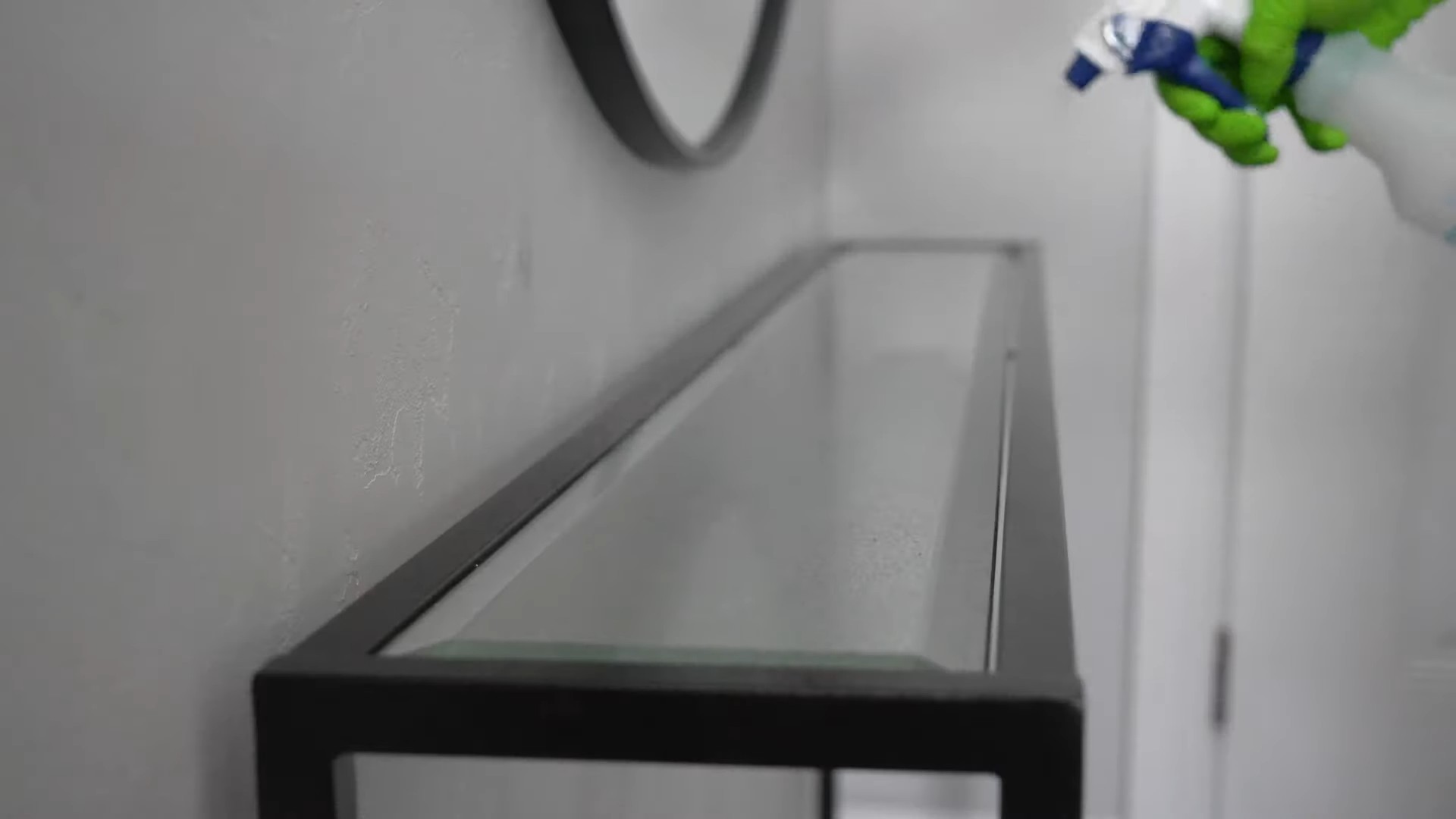
Conclusion
So, there you have it! Ditching those expensive, chemical-laden store-bought cleaners and embracing these simple, effective, and eco-friendly DIY cleaning solutions is a game-changer for your home and your wallet. We’ve explored how easy it is to create powerful cleaning agents using ingredients you likely already have in your pantry. From tackling stubborn grime to disinfecting surfaces, these homemade alternatives offer a safe and sustainable way to keep your living space sparkling.
But why is this DIY approach a must-try? Beyond the cost savings and reduced environmental impact, you gain complete control over what you’re bringing into your home. No more deciphering confusing ingredient lists or worrying about harsh chemicals harming your family or pets. You know exactly what’s in your cleaning products, and you can tailor them to your specific needs and preferences.
Consider these variations to further customize your DIY cleaning experience:
* **Scent Sensations:** Experiment with different essential oil blends to create your signature cleaning scent. Lavender and tea tree oil offer antibacterial properties and a calming aroma, while lemon and eucalyptus provide a refreshing and invigorating boost.
* **Vinegar Power-Up:** For extra cleaning power, infuse your vinegar with citrus peels for a few weeks. This adds a pleasant scent and enhances its degreasing abilities.
* **Baking Soda Boost:** Combine baking soda with a few drops of essential oil and sprinkle it on carpets or upholstery before vacuuming to freshen and deodorize.
* **Gentle Touch:** For delicate surfaces, dilute your DIY cleaning solutions further or use a microfiber cloth to avoid scratching.
We firmly believe that making the switch to DIY cleaning is a worthwhile investment in your health, your home, and the planet. It’s empowering to know that you can create effective cleaning solutions with simple ingredients and a little bit of creativity.
Don’t just take our word for it! We encourage you to try these DIY cleaning solutions for yourself and experience the difference. Start with one recipe, like the all-purpose cleaner, and see how it performs in your home. Once you’re comfortable, explore other recipes and variations to find your perfect cleaning routine.
We’re confident that you’ll be amazed by the results. And most importantly, we want to hear about your experiences! Share your tips, tricks, and favorite DIY cleaning recipes in the comments below. Let’s build a community of eco-conscious cleaners and inspire others to embrace the power of homemade solutions. Your feedback will help us refine these recipes and provide even more valuable information to our readers. So, go ahead, give it a try, and let us know what you think! Your journey to a cleaner, greener home starts now.
FAQ
What are the main benefits of using DIY cleaning solutions?
The primary benefits are cost savings, reduced exposure to harsh chemicals, environmental friendliness, and complete control over ingredients. You’ll save money by using readily available and inexpensive ingredients like vinegar, baking soda, and essential oils. You’ll also avoid the potentially harmful effects of synthetic chemicals found in many commercial cleaners, making your home safer for your family and pets. Furthermore, DIY cleaning reduces plastic waste and minimizes your environmental footprint. Finally, you have complete control over the ingredients, allowing you to customize solutions for specific needs and sensitivities.
Are DIY cleaning solutions as effective as store-bought cleaners?
Yes, many DIY cleaning solutions are just as effective, if not more so, than their store-bought counterparts. Ingredients like vinegar and baking soda possess natural cleaning and disinfecting properties. Vinegar is a powerful degreaser and disinfectant, while baking soda is a mild abrasive that can scrub away grime and deodorize surfaces. Essential oils, such as tea tree and lavender, offer additional antibacterial and antifungal benefits. The key is to use the right solution for the specific cleaning task. For example, a vinegar-based cleaner is excellent for removing hard water stains, while a baking soda paste works well for scrubbing burnt food from pots and pans.
What are some essential ingredients I should have on hand for making DIY cleaning solutions?
The essential ingredients for DIY cleaning include:
* **White Vinegar:** A versatile cleaner, degreaser, and disinfectant.
* **Baking Soda:** A mild abrasive, deodorizer, and pH regulator.
* **Essential Oils:** Add fragrance and offer antibacterial/antifungal properties (e.g., tea tree, lavender, lemon).
* **Castile Soap:** A gentle and effective all-purpose cleaner.
* **Water:** Used as a base for many cleaning solutions.
* **Borax (Optional):** A natural mineral that boosts cleaning power (use with caution and research safety guidelines).
* **Citrus Peels (Optional):** Can be infused in vinegar for added scent and cleaning power.
Are there any surfaces or materials that I should avoid using DIY cleaning solutions on?
Yes, certain surfaces and materials can be damaged by some DIY cleaning solutions. Avoid using vinegar on natural stone surfaces like marble and granite, as it can etch and dull the finish. Also, avoid using acidic cleaners on waxed wood floors, as they can strip the wax. Always test a small, inconspicuous area before applying any DIY cleaning solution to a larger surface. Be cautious when using essential oils on delicate surfaces, as some oils can stain or discolor materials.
How should I store my DIY cleaning solutions?
Store your DIY cleaning solutions in clean, labeled spray bottles or containers. Clearly label each container with the name of the solution and the date it was made. Store them in a cool, dark place away from direct sunlight and heat. Keep them out of reach of children and pets. It’s best to use glass or PET plastic bottles, as some essential oils can degrade other types of plastic.
How long do DIY cleaning solutions typically last?
The shelf life of DIY cleaning solutions varies depending on the ingredients. Vinegar-based solutions can last indefinitely, while solutions containing water and essential oils may last for several months. Solutions containing fresh ingredients, such as citrus peels, should be used within a few weeks. If you notice any changes in color, odor, or consistency, discard the solution. It’s always best to make smaller batches of DIY cleaning solutions to ensure freshness and effectiveness.
Can I use DIY cleaning solutions to disinfect surfaces?
Yes, some DIY cleaning solutions can effectively disinfect surfaces. Vinegar, especially when used at a concentration of 5% or higher, has disinfecting properties. Essential oils like tea tree and lavender also possess antibacterial and antifungal properties. However, it’s important to note that DIY cleaning solutions may not be as effective as commercial disinfectants in killing all types of germs. For critical disinfection, such as in healthcare settings, it’s best to use EPA-registered disinfectants.
Are there any safety precautions I should take when making and using DIY cleaning solutions?
Yes, always exercise caution when making and using DIY cleaning solutions. Wear gloves to protect your skin from irritation. Avoid mixing vinegar and bleach, as this can create toxic fumes. When using essential oils, dilute them properly and avoid direct contact with skin and eyes. Keep DIY cleaning solutions out of reach of children and pets. If you accidentally ingest a DIY cleaning solution, seek medical attention immediately. Always research the safety guidelines for each ingredient before using it.
What are some good resources for finding more DIY cleaning recipes?
There are many online resources for finding more DIY cleaning recipes. Websites like Pinterest, blogs dedicated to natural living, and online forums are great places to start. Look for recipes that are well-researched and use safe, effective ingredients. Be sure to read reviews and comments from other users to get a better understanding of the recipe’s effectiveness and potential drawbacks. You can also find DIY cleaning recipe books at your local library or bookstore.

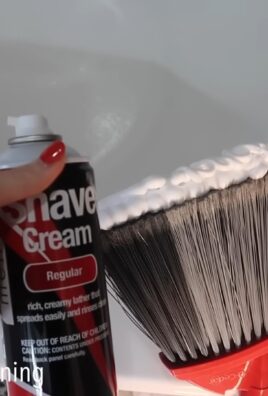
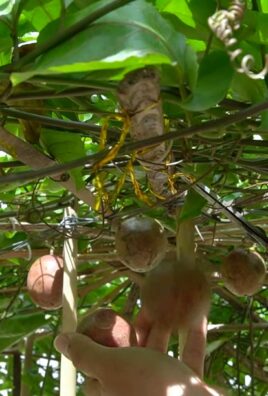
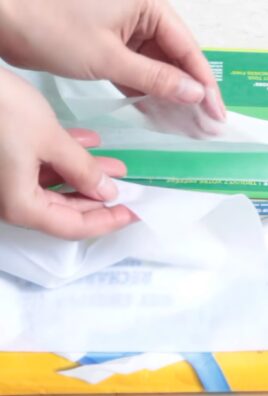
Leave a Comment